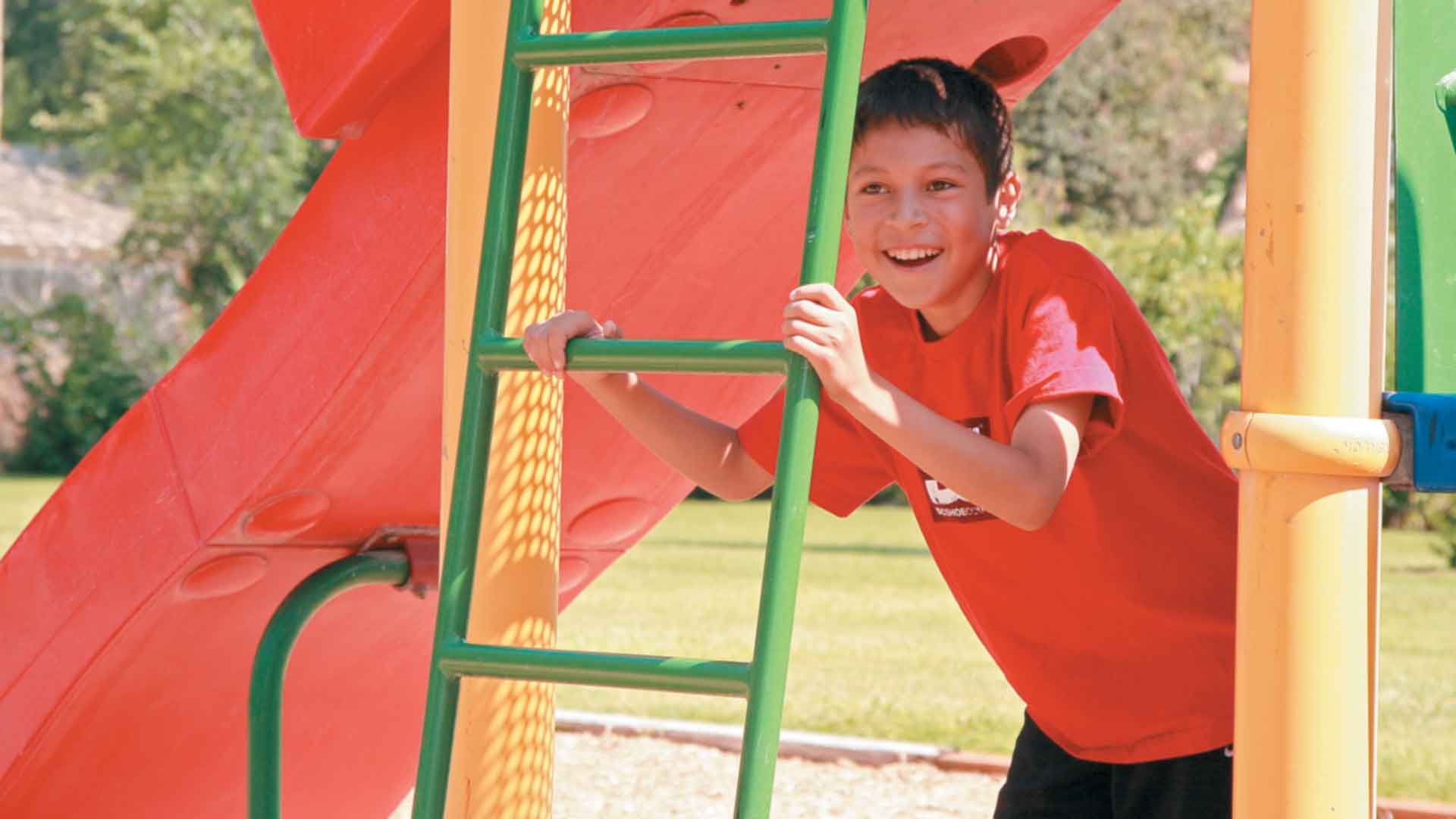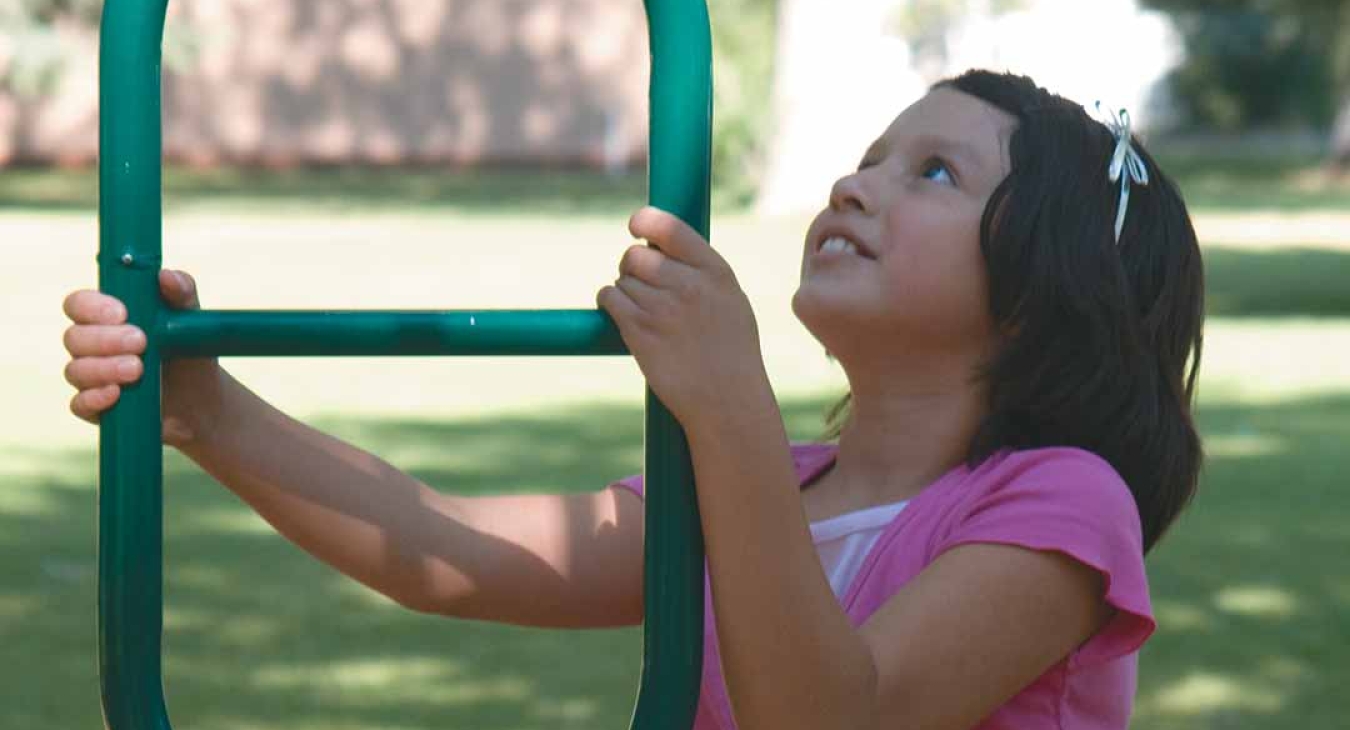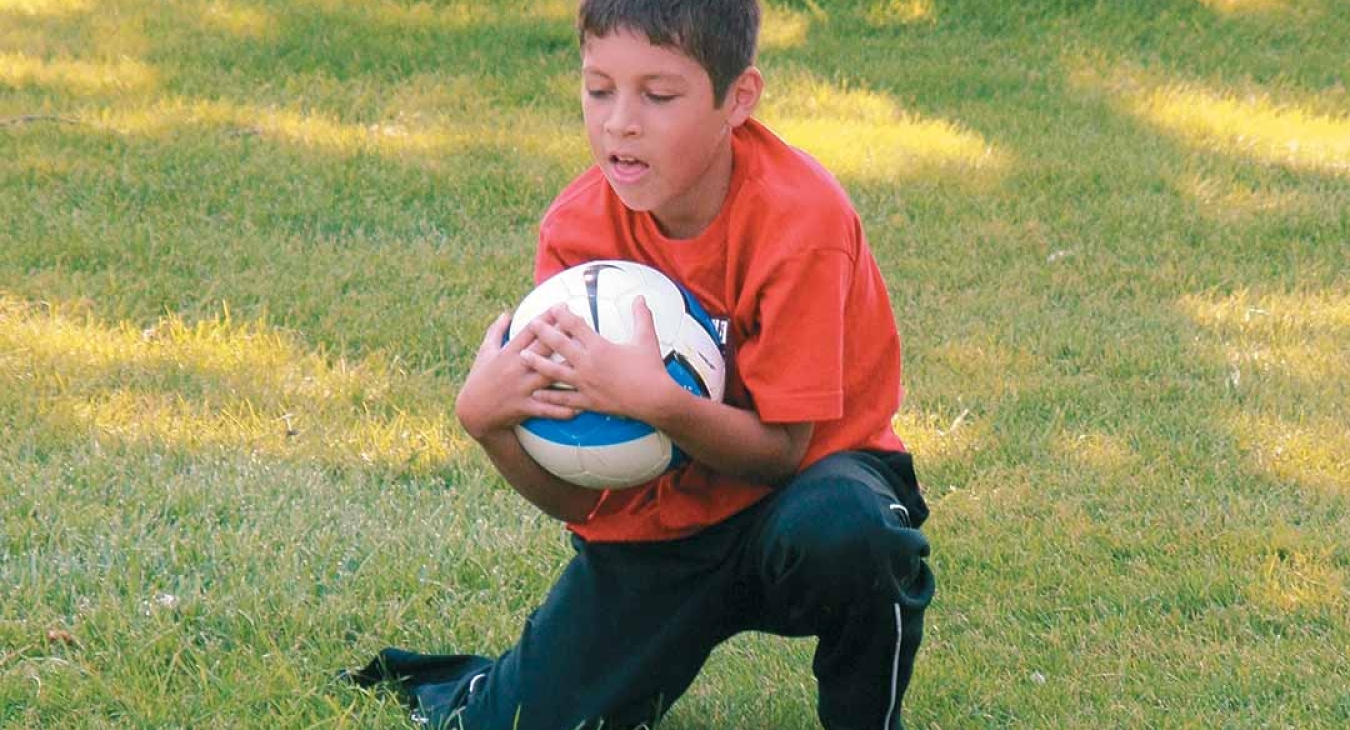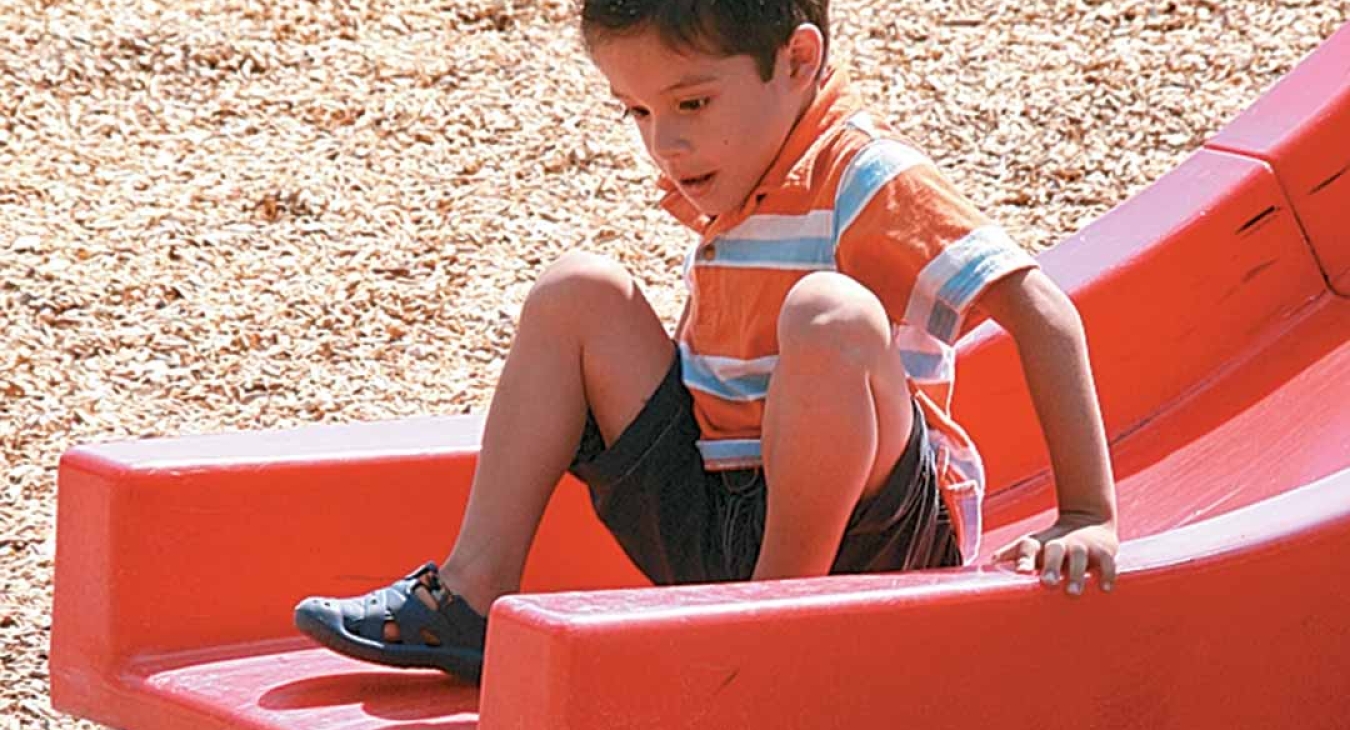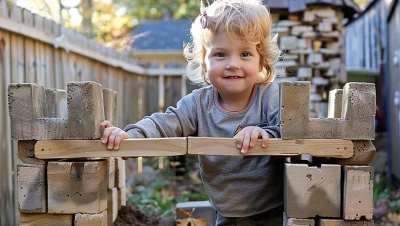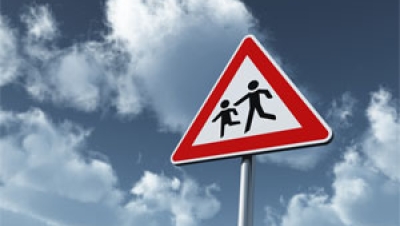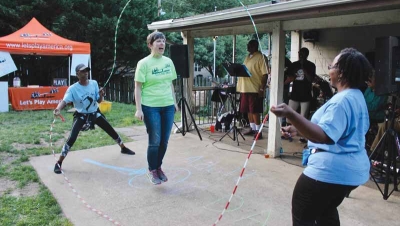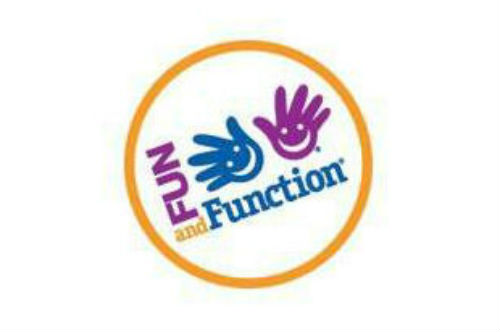America’s history of play and work go hand in hand.
When the first settlers came to America, they met Native Americans who had mastered the art of growing kids using a combination of play, work, and tutorial, hands-on guidance from extended families and older children. From early childhood, Indian children were carefully guided in the tasks required for survival in hazardous wilderness circumstances—wild animals, rivers, cliffs, and hostile tribes and constantly facing the challenges of providing food, shelter, and safety. Their history is rich with episodes about growing kids who were graceful, wise, intelligent, strong, and alert to danger. Their playgrounds were the deserts and the wilderness, but they were far from alone in learning to cope with the ever-present dangers and challenges. The co-mingling of early settlers and Native Americans resulted in children expanding their visions and skills through play and work, especially the settlers’ children, who were challenged in meeting the survival needs of a new land. Homes had to be built, land had to be cleared for cultivation, and food had to be available for all seasons.
Every member of the family contributed, starting at an early age. Not unlike families everywhere who historically faced such desperate events as war, natural disasters, and extreme poverty, children accepted enormous responsibilities given their tender age. In the main, family cultures remained strong and children quickly developed coping skills with the aid of adults, extended families, and neighbors. Even under extreme circumstances, children played, reaping the therapeutic and developmental benefits. Around the turn of the 19th century, European immigrants flooded the slums of America’s major northeastern cities, contributing to massive social and economic problems. Many lived in run-down tenement houses, and orphans and homeless children were everywhere seeking survival in the streets, vacant lots, and out-of-the-way places, desperate for shelter and sustenance. They relied on street savvy and dealt with adult predators for small jobs and the dangerous streets and littered lots were their playgrounds. During the first two decades of the 1900’s a law in New York City prohibiting street play led to the arrest of hundreds of children and evading the police while continuing their street games became yet another game.
Seeing the plight of these children, the Children’s Aid Society and other charitable organizations formed a child-saving movement, shipping more than 100,000 children to 47 states by train between 1854 and 1930 to live with farm families. The families that adopted these “orphan train children” gave them homes, families, food, and care. Children worked and played on the farms, learned new skills, adopted the farm animals, roamed the natural playgrounds of farms and forests, and developed skills that led to success in business, politics, banking, farming, and many other industries. Careful monitoring and follow-up by children’s aid workers confirmed the success of this experiment that grew competent kids. The difference for these kids was adult guidance, secure homes, regular schooling, provision of basic needs, and opportunities to explore, create, and combine constructive work and free play in challenging natural environments. In 2007 the Orphan Train Heritage Society, originally located in Springdale, Ark., merged with the National Orphan Train Complex in Hutchinson, Kan., where their museum and research center are now located.
Yet another group of Americans grew competent kids—those adults of the Great Depression and World War II eulogized by Tom Brokaw in his book, The Greatest Generation. Here the present writer sheds his role of “historian” and takes on that of “reporter, “having grown up during the latter years of the Depression and during World War II. With the onset of the Depression, millions of suddenly impoverished people were devastated, while others living on small “paid-for” farms hardly noticed the difference. They were accustomed to living off the land. Despite the cruel effects of sudden poverty, Americans were remarkably self-sufficient—thousands roamed the country in jalopies in search of jobs, and others “stayed put” and took their living from the land.
But wherever they happened to be and under whatever circumstances, adults and children alike pitched in – working long and playing hard. Children were given their run of the fields and forests of the country and the vacant lots and streets of the cities and became wise, skillful, and industrious. Most schools had three play periods or recesses—mid-morning, noon, and mid-afternoon, and the largely unsupervised play ranged from the more docile traditional and created games to occasional serious combat. After school, kids went home to daily chores and manual labor, and on Sundays or “church days,” when many adults eschewed work on religious grounds, they turned again to play. These were the common factors of troubled times that molded character, strengthened bodies, taught morality and responsibility, and sustained children to become leaders, patriots, and responsible parents. Parents, neighbors, and teachers worked together to “raise responsible children.” All this must have contributed to the development of the extraordinary qualities of Brokaw’s “Greatest Generation,” who were super-patriots in World War II and responsible parents thereafter.
Well before the Depression, the American Playground Movement resulted in the construction of thousands of playgrounds in big city parks, so most city children during the Depression were within walking distance or a short bus ride to expansive playgrounds and sports facilities in natural park settings. These complemented the vacant lot playgrounds built by children, offering a wide range of play enjoyed by children who sought out their favorite playgrounds after school, on weekends, and on holidays. Lawsuits for playground injuries were still relatively rare, playground safety standards developed during the early 1930s were largely ignored, and parents were not succumbing to paranoia so long as children were “home before dark.”
Primitive radios did not have the same attraction as modern indoor cyber play, and high-stakes testing was decades away. When children were not in school or working, they were free to roam, socialize, experiment, and play in the ways that children have always played—creating their own games, inventing their own toys, and seeking out or building their own playgrounds. Childhood obesity and diabetes were virtually unknown.
Those who were born or were children during the Depression and World War II, the “in-betweeners,” are an unheralded, oft-overlooked group. They commonly describe their lives as “the best of times,” sandwiched between remembered poverty, earned affluence, and emerging cultural, economic, and political decline. Unique in history with respect to the speed of change and scope of consequences, the latter decades of the 20th Century saw both parents in the workforce, cyber toys replacing simpler creations, television and other media fixating on the hazards of nature and strangers, and children addicted to junk food glued to their wired indoor playgrounds. Parents now hover over kids in a never-ending quest to compensate for their absence, protecting them from dangers waiting just outside the door, meeting the demands of high-stakes testing run amuck, and ostensibly preparing them for entry to college.
The consequences, as discussed in previous articles in this series, are profound, and a growing number of schools and agencies are reacting against practices and policies that keep children from their traditional play and place outdoor nature, recess, and playgrounds out-of-bounds. One such place, Redeemer Lutheran School in Austin, Texas, was the stimulus for this article and will be the subject of a forthcoming article.

